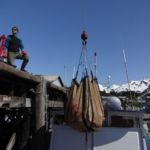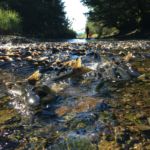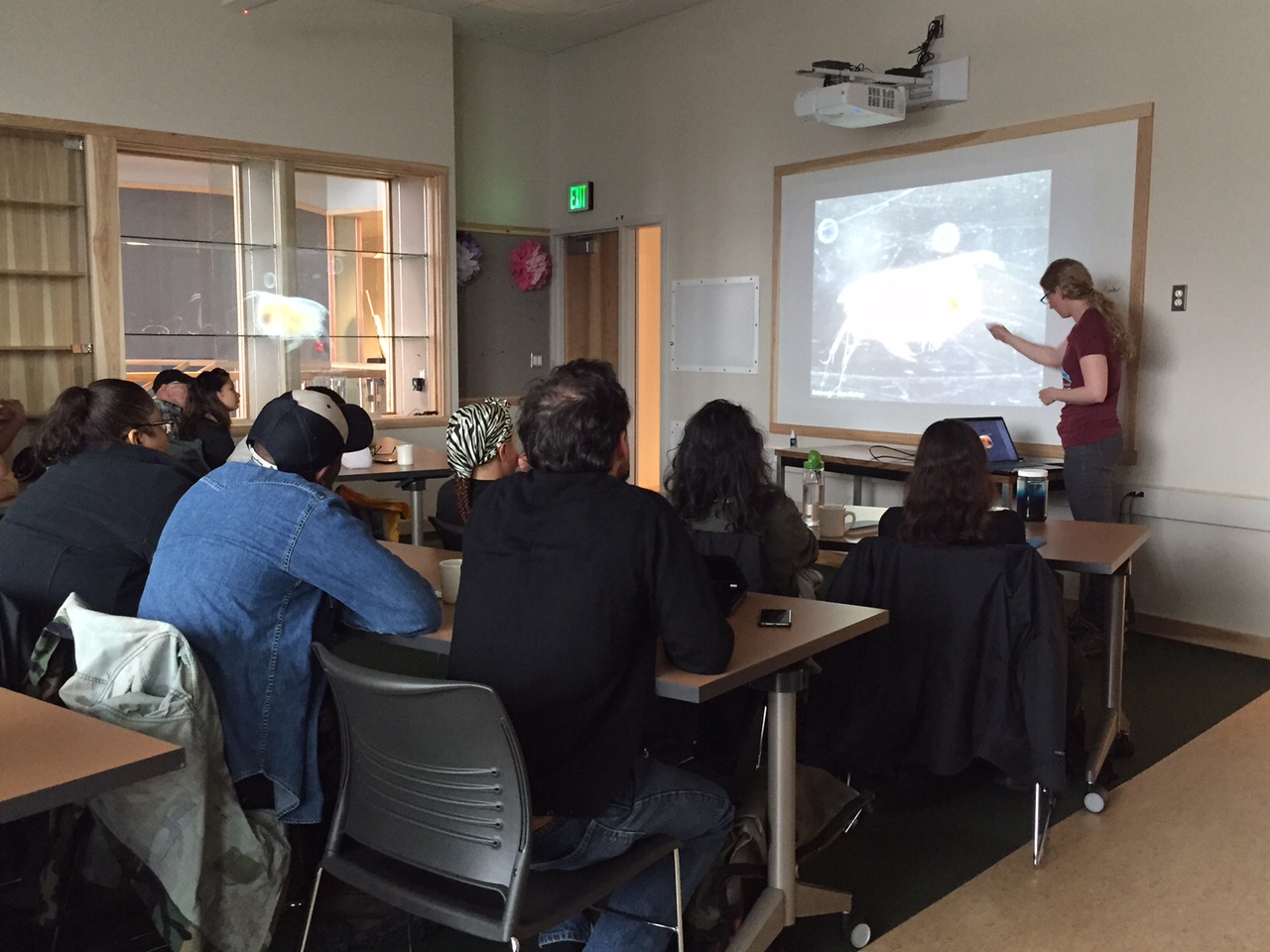Publication on hatchery salmon straying

Three years of intense field work and years of data analysis and writing has culminated in a published scientific manuscript describing straying of hatchery pink and chum salmon in Prince William Sound (PWS), Alaska. Alaska Department of Fish & Game (ADF&G) organized a science panel in 2012 composed of current and retired specialists from ADF&G, the University of Alaska, aquaculture associations, and the National Marine Fisheries Service creating the Alaska Hatchery Research Project. The hatchery operators and processors initiated the effort to study the effects of hatchery fish on wild fish and funded more than half of the project costs. One of the study’s primary objectives was to describe the extent and variability in straying of hatchery-origin pink and chum salmon in PWS. Prince William Sound Science Center took the lead role in executing some of the most intensive sampling ever undertaken on adult Pacific salmon – over 100,000 adult salmon were handled and sampled over the three years of this study. Field personnel worked tirelessly during May-September aboard ocean vessels, in laboratories, and in dozens of streams during 2013-2015 to develop the most comprehensive picture of the run characteristics of natural- and hatchery-origin pink and chum salmon in PWS.
The open-access article appeared in Marine and Coastal Fisheries this past February. The study concluded that the commercial fishery harvested hatchery-origin pink and chum salmon at a very high rate – 94-99% of the returning hatchery salmon were captured. While the harvest rate was very high, even a relatively small percentage (1-5%) of the total run straying from hatchery locations can result in very high numbers of hatchery-origin fish in some spawning areas. The study concluded that 0.8-4.5 million hatchery pink salmon and 30,000-90,000 hatchery chum salmon strayed into PWS salmon streams each during the three years of the study. One of the key measures to understand the potential biological effect of this straying is the hatchery fraction, or the percentage of hatchery-origin fish found in the stream spawning populations. This fraction of hatchery-origin salmon by PWS district ranged from 5-15% for pink salmon and 3-9% for chum salmon during the study. While most of the streams (particularly those located at greater distances from hatchery locations) had hatchery-fractions close to zero, some had much higher factions (for example, 6 of the 27 sampled pink salmon streams exceeded 40% hatchery-origin strays in one or more years). A much more detailed accounting of the results of the study can be found in the on-line article. Work on understanding the biological effects of this level of straying is on-going and these critical results will appear in future publications.
The study would not have been possible without the amazing work of the field crews – particularly Brad Reynolds, who single-handedly carried out all the test fishing at Hinchinbrook and Montague Entrances, the charter vessels operators (including Dave Janka of the M/V Auklet and Matt Cline of the M/V Cathy G) that provided safe passage and support through the entire field project, and the dozens of field crews working in the streams, spending hours bent over and on their hands and knees processing dead salmon while following strict sampling protocols to assure the highest data quality. The authors are sincerely grateful for their hard work and perseverance!







